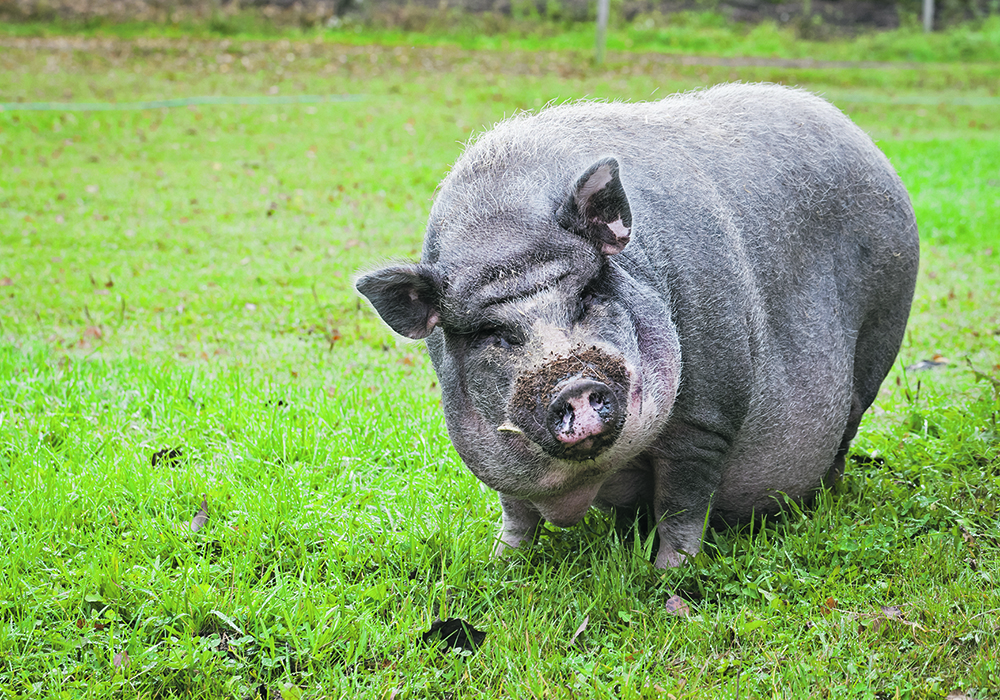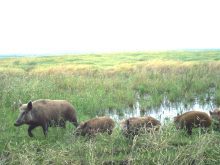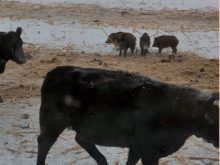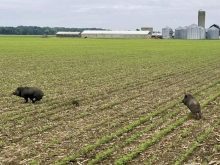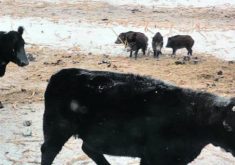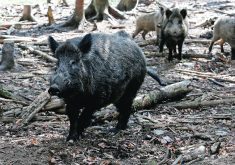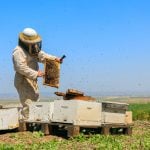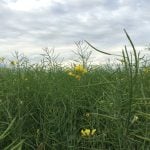BRANDON — Like commandos, the gunmen arrived by airboat, slipping into the swamp while their targets slept, guided by two drones and approaching quietly to point blank range.
One of targets bolted and charged past, taking a shotgun blast from less than two metres, so close that the wad from the shell was embedded in the wild pig’s hide. Another target was quickly dispatched.
Recent wild pig stories:
- Wild pig experts divided over extent of the problem
- Wild pig control gains momentum on Prairies
- More funds on the way for wild pig fight
- VIDEO: Shooting not the answer with wild pigs
- German study highlights wild pigs’ wandering nature
While not a regular wild pig elimination operation, this situation in Ontario highlights the unique challenges of dealing with invasive wild pigs, which are being fought across much of North America.
Read Also
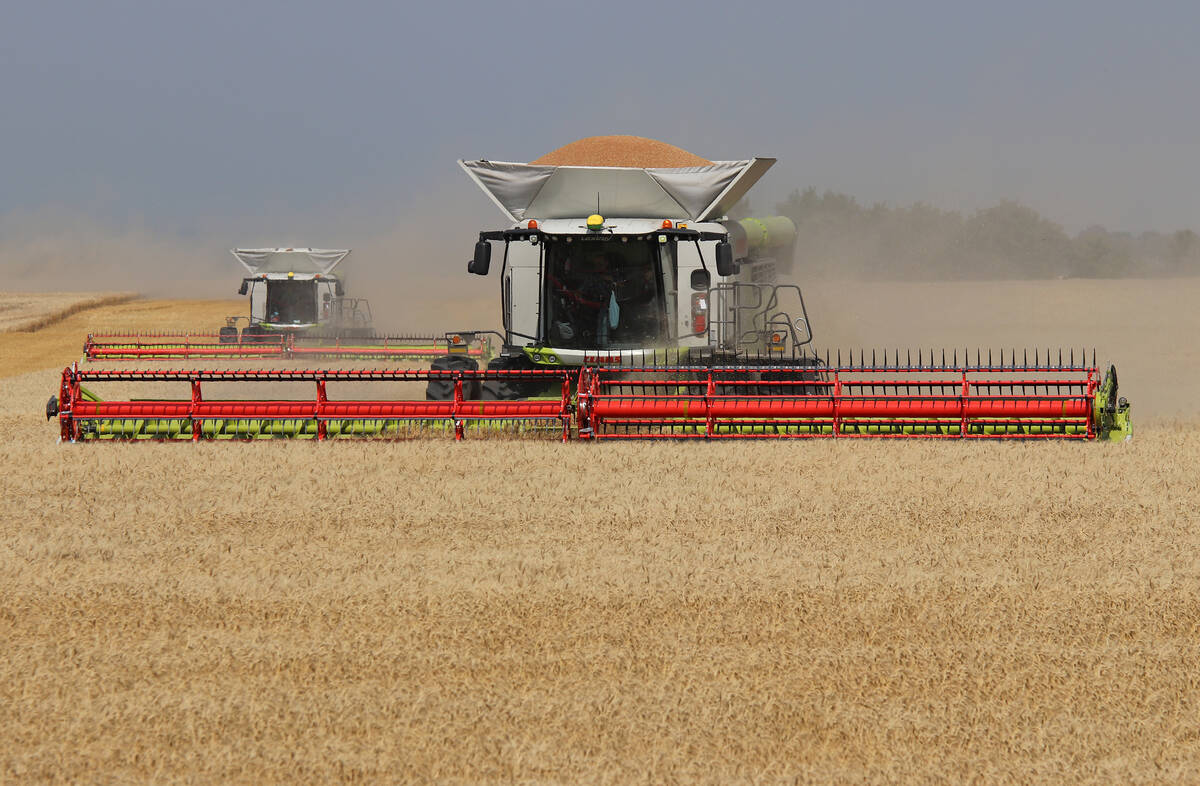
China’s grain imports have slumped big-time
China purchased just over 20 million tonnes of wheat, corn, barley and sorghum last year, that is well below the 60 million tonnes purchased in 2021-22.
“The drones were really crucial in helping us,” said Travis McGee, a wild pig control agent with the Ontario government, as he described the operation during the Wild Pig Summit held in Brandon.
After the pigs were dispatched, they had to be hauled out hundreds of metres by sled, across bullrushes and a semi-frozen wetland, which was a healthy dose of exercise, considering the pigs weighed about 347 pounds each.
Drones are newcomers to some of the pig-fighting efforts. They are used to spot the animals from the air during cool months with thermal cameras and then verifying the spot with other drones equipped with optical cameras.
Ontario government officials don’t believe they have any resident breeding herds of wild pigs in the province, known as “sounders.” The cases they have found can be escapees or remnants from wild boar farms, escaped or abandoned pet pigs or escaped domestic livestock pigs.
“Each case is different,” said McGee.
Verifying what a number of other experts at the conference observed, McGee said Ontario’s program has found that wild pigs wander much further than was commonly believed a few years ago.
Even a Vietnamese pot-bellied pig, discovered on a trail in a rural area, ended up within a few days six kilometres away on a golf course, being held by two surprised animal control officers.
Some pigs wander off small farms unbeknownst to their owners. When tracking down the home of a wandering loose pig, McGee said control officers have learned to “not assume that a neighbour knows that a person two doors down owns a pig.”
Often it requires door-to-door canvassing to track down the owner.
The most famous case in Ontario happened in Pickering, east of Toronto, in which 14 wild boars were released into a residential area, causing much havoc. Eleven were caught in one trap system, while the remaining three ended up in another.
In 2020, three wild boars, former residents of an out-of-operation farm, were caught in a forest near Wasaga Beach.
Like wild pig control efforts across the continent, Ontario’s approach is based on “whole sounder removal,” which means eliminating an entire herd of pigs when discovered, not just taking pot shots at individuals, which spreads the problems as pigs flee.
Ontario’s program encourages people to first report fugitive pigs to their owners if they know who that is. If they don’t, the next step should be calling the municipality’s animal control officials. If they can’t help, Ontario’s wild pig control program is next in line.
Landowners may kill or trap wild pigs as a last resort if their property is being damaged or put in danger.


